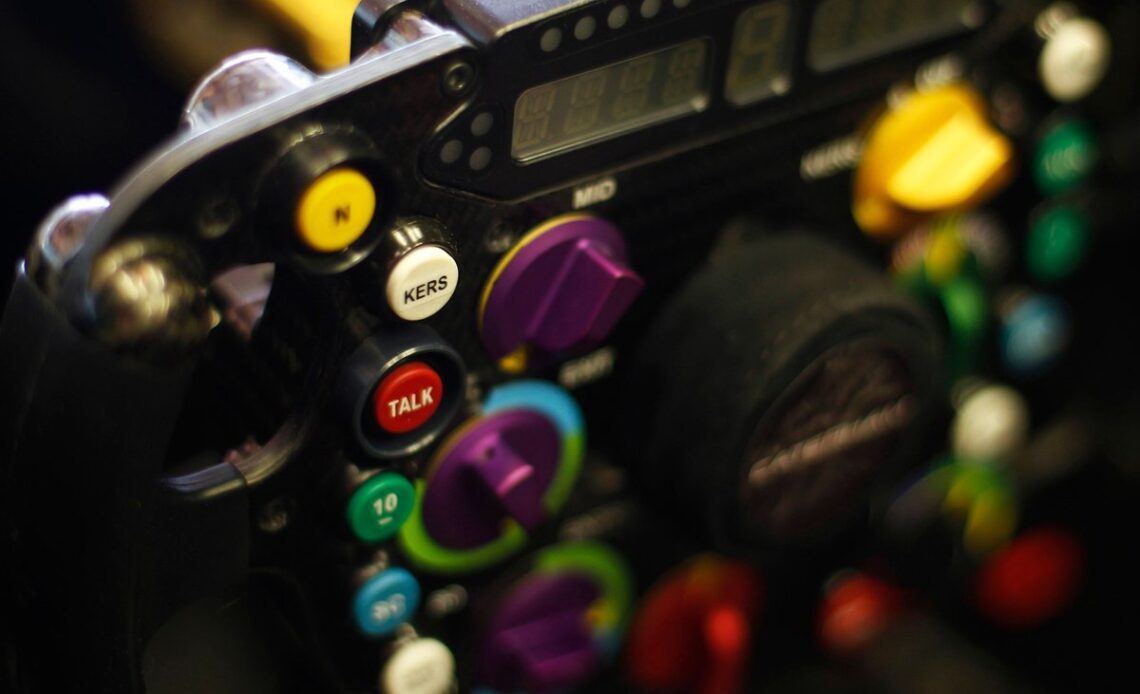It was previously revealed that the turbocharged, 1.6-litre V6 internal combustion engine element of the power unit is being reduced from 550-560kW down to 400kW (535bhp), and that the battery element will jump from 150kW up to 350kW (470bhp) to replace that power loss – despite the eradication of the MGU-H.
The latest draft of the 2026 power unit regulations has been unveiled by the FIA and presents some new functionality for the more powerful hybrid system to help improve the wheel-to-wheel racing.
It had long been established that there was a desire to have a push-to-pass aspect with the incoming power unit, rather than all the energy being dispensed over the course of a lap by the systems themselves.
But the details of such a system had yet to be formally announced, and while this latest draft of the regulations doesn’t cover everything, Article 5.4.8 puts some of the framework in place.
The first portion of Article 5.4.8 creates a glidepath for energy deployment from the ERS-K hybrid system up to 345km/h (215mph). The second portion covers what’s being dubbed by the FIA as an ‘override mode’, whereby the driver will be able deploy additional power to infill the energy created by the glidepath and provide a further boost up to 355km/h (220.5mph).
This secondary function will provide a more strategic aspect to energy deployment and require the driver to make a decision whether or when to use it as it becomes available. It is similar in concept to the KERS function that F1 had between 2009-2013, with drivers able to use that energy allotment to attack, defend or deploy it for lap time improvement.
Given how much more reliance is placed on the hybrid aspect of the power unit from 2026 onwards, it means that drivers won’t always have the ability to use the ‘override’ function. And, if they do, they might risk putting themselves in an energy deficit under normal deployment conditions further around the lap or over the course of the next few laps.
Fighting with another driver in wheel-to-wheel combat will be just one aspect of how this new system will be employed by both drivers and their engineers, as they look to extract the best from the car during the course of a lap, during battles and over a race distance.
The 2026 engine regulations have attracted the most manufacturers on the grid since 2008, with the current four engine suppliers set to be joined by Audi and Ford (via Red Bull Powertrains).
As…
Click Here to Read the Full Original Article at Motorsport.com – Formula 1 – Stories…

